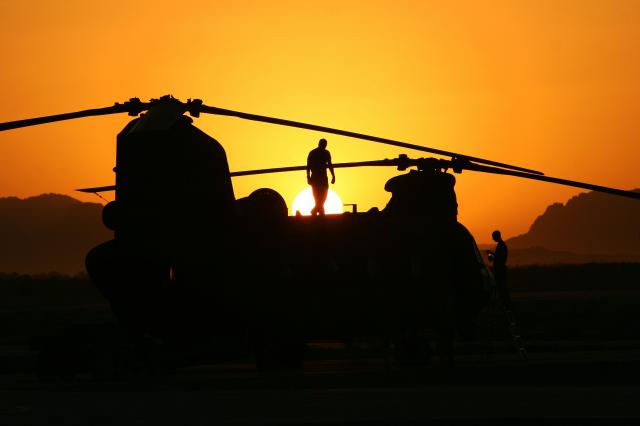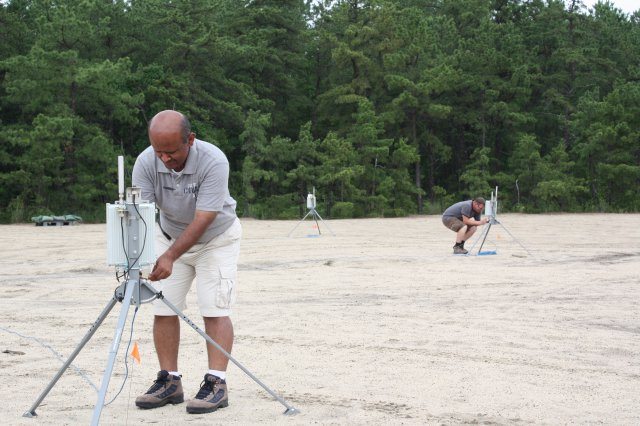Members of the military and civilian aviation communities recently had an opportunity to exchange information and explore new possibilities for preventing aircraft mishaps.
The inaugural Military Flight Operational Quality Assurance course, conducted Sept. 19-23 at Cranfield University, England, was the culmination of a year-long collaboration between the Air Force Safety Center’s Aviation Safety Division and the Cranfield School of Engineering.
The MFOQA process is based on one used in commercial aviation that uses operational trend analysis of enhanced flight data to better identify hazards, increase operational efficiency, provide more effective risk management and ultimately reduce aircraft flight mishaps.
“This is a highly technical process that can produce an enormous amount of information very quickly,” said Antonio Cortés, the safety center MFOQA manager, who worked directly with the Cranfield University staff to develop the course.
“The diversity of the course attendees definitely added to the value of this training,” Cortés said. “Everyone brought a different set of experiences, based on cultural, political and economic circumstances that allowed us to talk through the application of MFOQA on different airframes and discuss endless data-gathering possibilities to prevent mishaps.”
Capt. Ryan Scoggin, the deputy chief of safety at the 6th Airlift Squadron, Joint Base McGuire-Dix-Lakehurst, Md., was the lone Air Force attendee among 19 participants from Australia, England, the Netherlands and the U.S., and was quick to recognize what he described as an “incredible opportunity.”
“The first days focused on an in-depth look at civilian flight data management, led by David Wright, with the U.K. Civil Aviation Authority, who walked us through all aspects of flight data management, from hardware onboard the aircraft to the analysis of the data collected,” Scoggin said. “We also heard from major European and North American airlines’ safety specialists who described their FDM programs and provided suggestions on how to implement similar programs in operations large and small.”
The last days, devoted to military FOQA specialists, represented “essentially the first international meeting of minds concerning MFOQA,” Scoggin said. “It was incredible to be included in this group and part of something so significant.”
Scoggin, also a C-17 instructor aircraft commander, provided a presentation that focused on how MFOQA data is used in the C-17 and how the data could be used in the future.
“I tried to convey that this data can be tied to virtually every aspect of our operations, which will increase the efficiency of employing the airframe, training aircrew and developing tactics,” he said. “We collect (more than) 1,100 flight parameters eight times a second on the C-17. There are endless possibilities to what can be accomplished with this information.”
Cortés noted that operators are open to using the technology and exploring more ways to use the data.
“Thanks to social media, they are generally accustomed to information gathering and sharing,” he said. “There is always a concern that some will be reluctant to embrace the process due to fear that the data could be used for adverse personnel action, but that mindset is changing. We strive very hard to educate leaders about the aircrew protections that are in place to prevent improper uses of MFOQA.
“Pilots and maintainers understand the value of the process and want to contribute to solutions to reduce risk of mishap, and MFOQA has proved its worth if data analysis prevents one mishap,” Cortés said.











